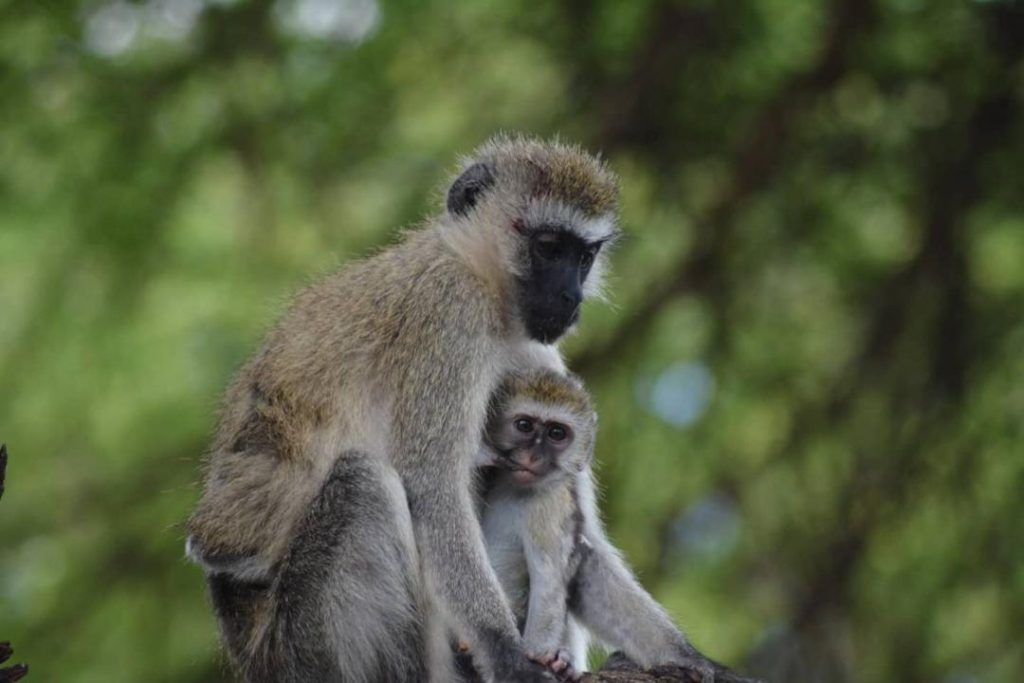Arusha National Park
- Home
- Arusha National Park
Arusha National Park

Arusha National Park in northern Tanzania offers diverse landscapes, from forests to savannahs, and is home to Mount Meru. It’s renowned for its wildlife, including giraffes, buffaloes, and colobus monkeys, as well as picturesque Momella Lakes and Ngurdoto Crater. A must-visit for nature lovers and adventurers.
Arusha National Park is a gem located just 25 kilometers from Arusha town in northern Tanzania. Although small compared to other Tanzanian parks, it is incredibly diverse, offering an impressive variety of landscapes, wildlife, and activities for visitors. Covering approximately 137 square kilometers, the park is home to three distinct areas: the lush montane forests surrounding Mount Meru, the picturesque Momella Lakes, and the scenic Ngurdoto Crater, often referred to as “Little Ngorongoro.”
One of the park’s standout features is Mount Meru, Tanzania’s second-highest peak, which provides a stunning backdrop to the park. It’s a popular trekking destination for hikers looking for a less crowded alternative to Mount Kilimanjaro. The 4,566-meter mountain offers spectacular views and a chance to explore the surrounding wilderness. Hikes to Mount Meru usually take 3-4 days and provide excellent acclimatization for those planning to climb Kilimanjaro.
In terms of wildlife, Arusha National Park is known for its rich biodiversity. The park is home to giraffes, buffaloes, zebras, warthogs, and several primates, including the black-and-white colobus monkey, which is often spotted in the forested areas. While the park lacks large predators like lions and elephants, it makes up for this with its serene beauty and abundant birdlife. Birdwatchers will find over 400 species in the park, including flamingos that flock to the Momella Lakes.
The Momella Lakes are a series of alkaline lakes that attract a variety of bird species, making them ideal for birdwatching and photography. The lakes are also a popular spot for canoeing safaris, allowing visitors to explore the wildlife and birds up close while paddling across the serene waters.
Ngurdoto Crater, sometimes called “Little Ngorongoro,” is another highlight of the park. This volcanic caldera is home to marshes and grassy plains, providing a habitat for animals like buffaloes and warthogs. Visitors can drive around the crater rim to enjoy stunning panoramic views.
Arusha National Park also offers guided walking safaris, one of the few parks in Tanzania where you can explore on foot with a ranger. This provides a more intimate experience with the flora and fauna, allowing you to observe the smaller creatures and plants that are often missed during game drives.
Due to its proximity to Arusha town, Arusha National Park is an ideal destination for a day trip or a short excursion, offering a peaceful and scenic environment that contrasts with the busier national parks like Serengeti and Ngorongoro. Whether you’re interested in hiking, birdwatching, wildlife photography, or a canoe safari, Arusha National Park provides a perfect introduction to Tanzania’s natural beauty.
Flora and fauna
Arusha National Park has a rich variety of wildlife, but don’t expect the same game-viewing experience you’d find in other national parks of Tanzania’s northern circuit. Despite being a small park, common animals include giraffe, Cape buffalo, zebra, warthog, the black-and-white colobus monkey, the blue monkey, flamingo, elephant, and lion. Leopards are present, but rarely seen. Birdlife in the forest is prolific, with many forest species more easily seen here than elsewhere on the tourist route – Narina trogon and bar-tailed trogon are both highlights for visiting birders, whilst the range of starling species provide somewhat less gaudy interest.
